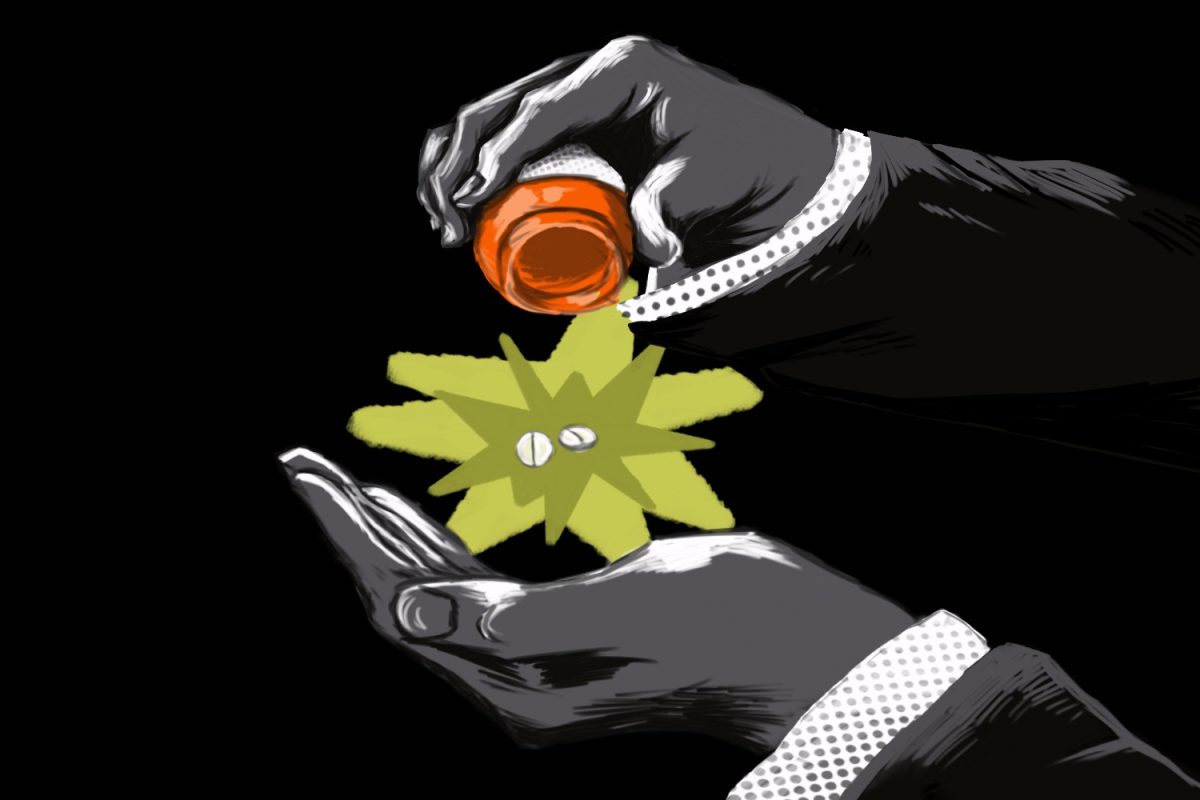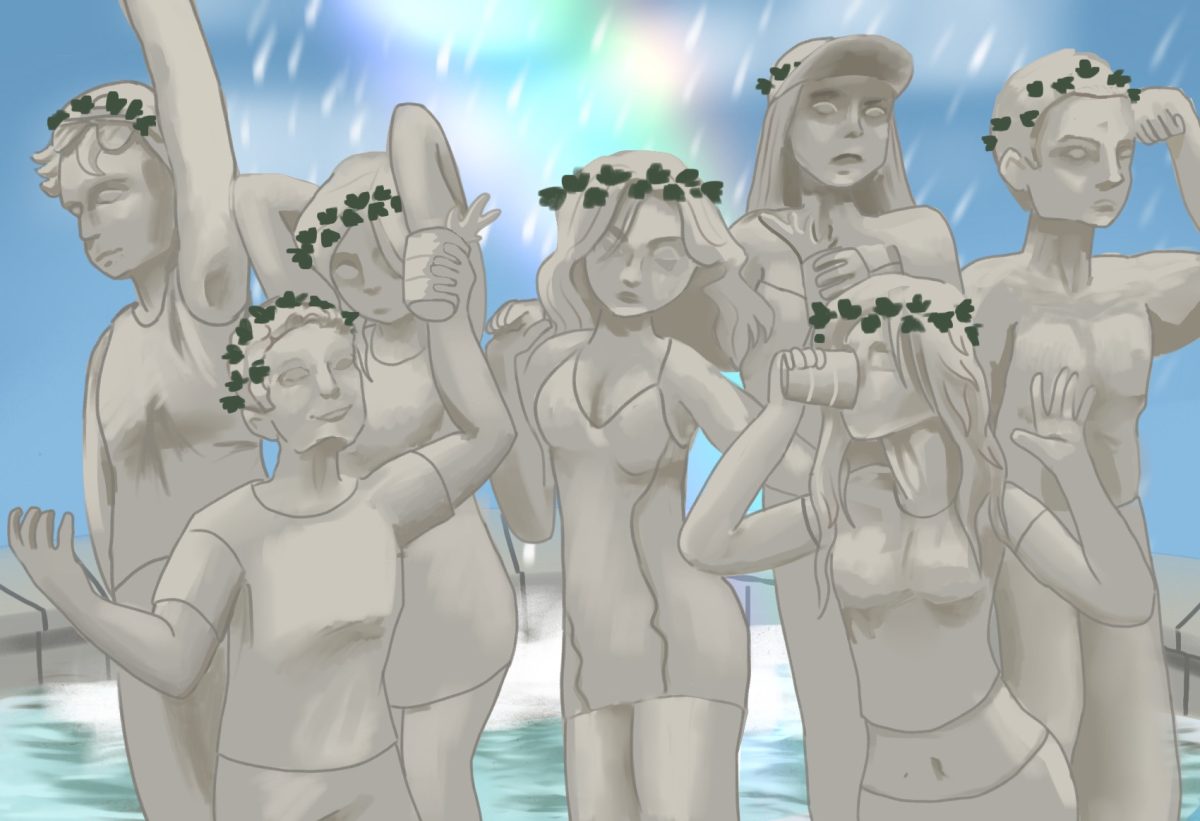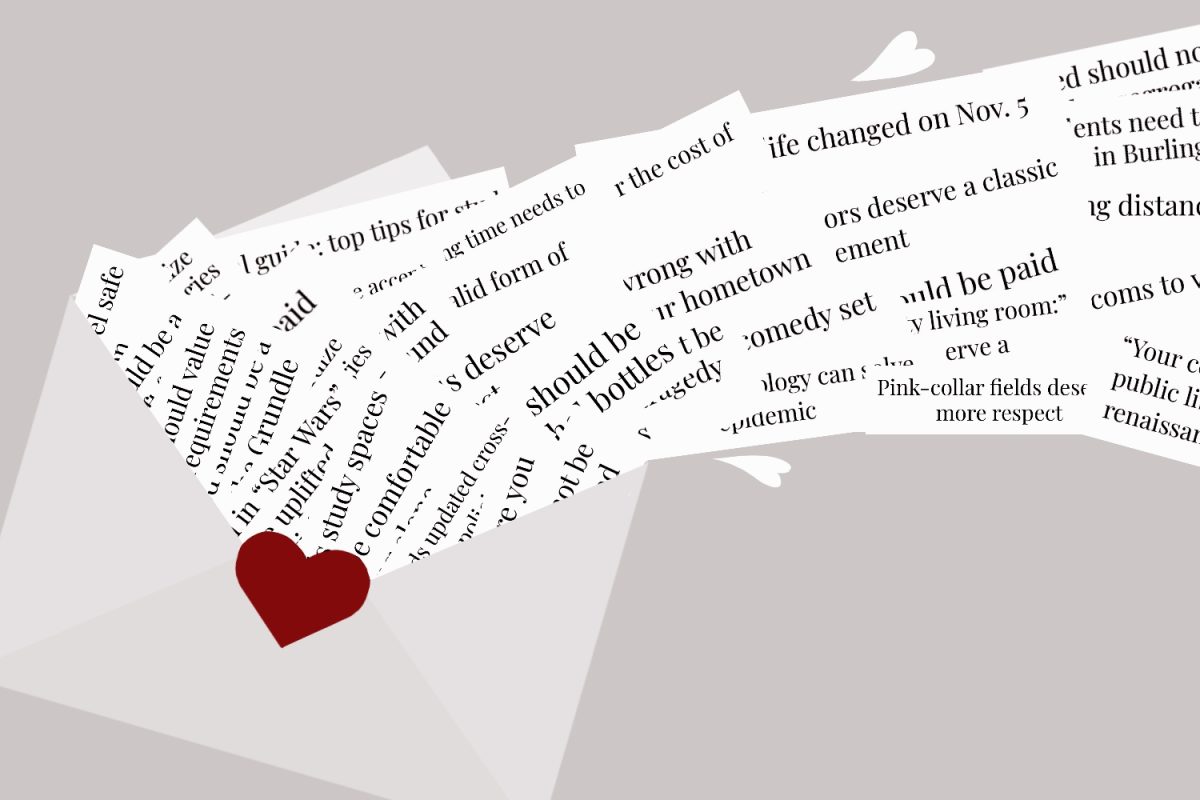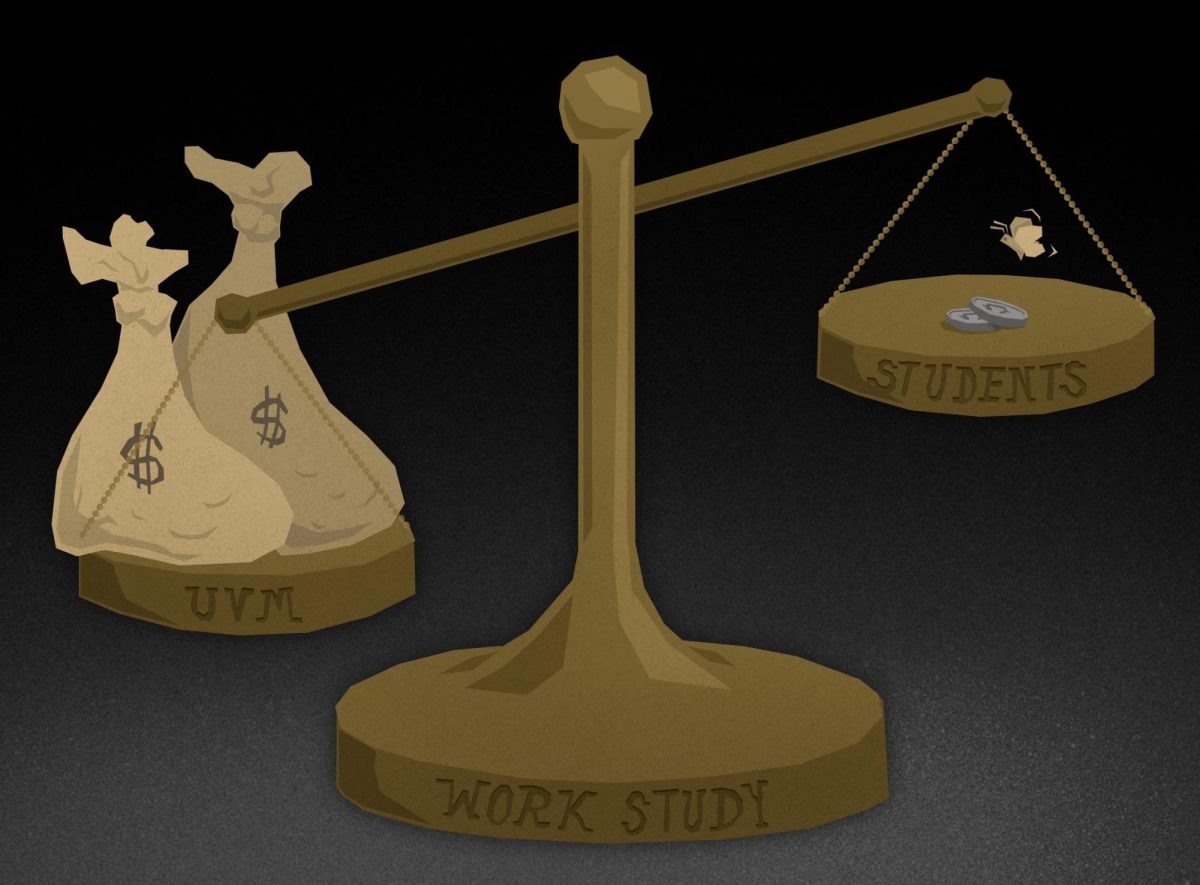Society is under a constant pressure unknown to previous generations: political correctness. Left and right, people are mincing their words and changing their phrases in a very deliberate manner Ñ all in an effort to conform to our ever-strengthening standards of social interaction.
Although seemingly good in principle, the phenomenon has become steadily stricter. At what point has it gone too far? Or has the cost already trumped the benefit?
The basis of this behavior is to avoid insulting people or stepping on toes; in other words, labeling them with an assumption that is untrue.
Originally this practice began in order to counteract racial prejudice and discrimination, something that is truly a scourge and adverse for any community. This was a great idea and was necessary to combat bigoted beliefs present throughout history.
Unfortunately, the pendulum has swung too far the other way.
This trend has gotten extreme, often presenting a significant detriment to conversation. People will dance around words and phrases in order to pick the most neutral and generic, or conversely the most correct and exact way to describe someone. Either way, this practice avoids erroneously labeling the subject with an assumption.
One of my favorite examples of this trend is trying to identify a person within a group. Almost always, his key-identifying feature is something, taboo to talk about or acknowledge. IÕve seen this particular scenario play out several times.
A black man is in a crowd of white people. Someone needs to address or reference him for whatever reason but doesnÕt know his name. Obviously, you could say something like ÒitÕs the black man.Ó Everyone in the room would instantly know who the speaker was referring to.
Unfortunately, political correctness dictates that it is wrong to assume this man is black, or even label him so if he is. Instead of identifying the man as black, the speaker will likely attempt to describe the man using less taboo features. ÒCan the tall man wearing jeans and a polo step forward?Ó
This convention could occur with almost anyone, and as such encompasses far more than race or skin color. Other taboo adjectives could be heavy, skinny, short, old, young, female, male, strong, slender, etc. Notice none are inherently insulting.
We could easily and simply use one of these features to identify someone. Instead, due to social pressure, we jump through hoops to avoid dropping taboo buzzwords.
At what point is the art of being P.C. such a detriment that we can toss it out in exchange for shear simplicity?
Similarly to speech conventions, stereotyping and generalizing are closely monitored. In our current state, it is shunned to make assumptions or generalizations about people. Society asserts that it is impossible to know or understand someone without knowing their complete background.
This is a deceptive truth; while it is impossible to know anyoneÕs story completely, one can often build a pretty accurate picture based off assumptions.
Take this scenario: YouÕre walking through a poor inner-city neighborhood late at night. The place is quiet and you decide to take a shortcut home through an alley between buildings. Once in the alley, you are approached by a figure. ItÕs a young male, wearing dark, baggy clothing.
If societyÕs rules regarding stereotypes applied, you would tell yourself that there is no sure piece of information you can glean from the details presented by the situation. Or perhaps youÕd make some quick assumptions and run the other way, as I assume most would.
Scientifically, you would be justified in doing so. The decision you made was inadvertently based on probability, the foundation of all stereotypes. While you know nothing about the individual, stereotypes dictate that the person in that situation had a relatively high probability of instigating an attack.
The features of the situationÕs surroundings are just as important as who the person is. The time, location, age, gender, attire of both parties, behavior, presence of bystanders, spacial layout, and physical prowess are all highly important factors, far more important than the ethnicity of the unknown individual.
The key is to be able to recognize common patterns, which are often congruent to stereotypes about people and situations, and utilize them to predict likely outcomes of the situation.
This ability is actually an evolutionary trait. We absorb information from our surroundings and predict what is likely to happen, using our knowledge about similar situations as guidance. This enables us to make quick decisions.
While we arenÕt always right, itÕs usually ball-park accurate. This is much faster and more effective than completely analyzing every situation, something particularly disadvantageous in a life or death situation.
It is certainly unacceptable to discriminate against people for possessing certain features. On the other hand, using situational information to make predictions can be extremely useful.
Despite good intentions, societyÕs rules of assumptions and stereotypes have been blown far out of proportion; there is nothing wrong with making our lives easier by calling a spade a spade, or by recognizing common patterns in order to predict and make decisions.







